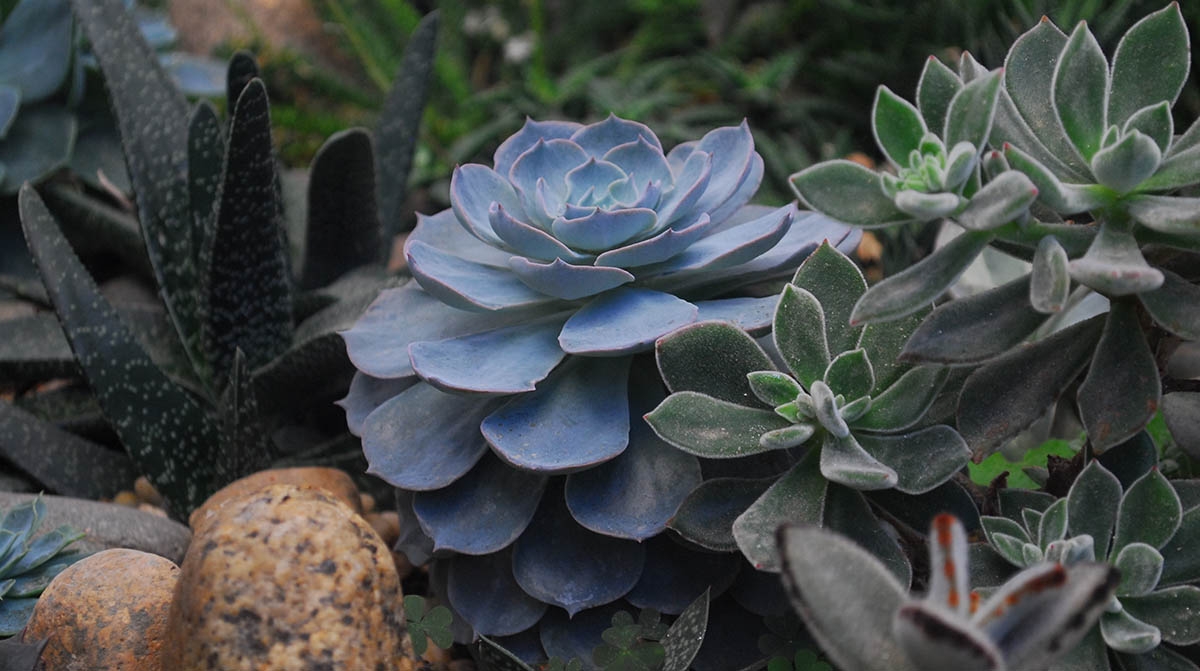
Growing Cacti Plants in a Canadian Climate
Is it cactuses or cacti? It turns out that both are correct! Now that we have the name let's dive into growing them in Canada.
People in colder areas may feel like they can't grow certain types of plants, like cacti. These desert dwellers generally need a lot of light, heat, and drainage to survive, leading people to believe they can only live in warm climates. However, that's not the case! Many cacti can withstand cooler temperatures—specific varieties have even been known to grow in parts of Canada. Interesting fact: all cactus plants originate from North or South America.
Growing cacti in cooler climates can be tricky, but if you understand how they grow, you'll have success. All cacti are succulents—plants that can store water in their roots, stems, and leaves—but not all succulents are cacti. The easiest way to tell the difference is by looking for spines. All cacti (and only cacti) have spine cushions called areoles. These appear as small bumps on the plant's surface and produce spines, branches, leaves, or flowers.
How to Grow Cacti in Canada
Many people believe that cacti only grow in hot, dry climates. Still, wide varieties of cold-hardy cacti can thrive in colder regions. These plants have similar care requirements to their southern counterparts and need ample light to stay healthy.
Below you'll find a list of the most common requirements for cold-weather cacti.
Plant the cacti
While cacti do best in soil with excellent drainage, you shouldn't use only sand since it doesn't contain enough nutrients. An ideal mixture for cultivating a cactus is between 40% and 60% coarse sand mixed with garden soil or topsoil. The mix will give the plant rich nutrients while allowing water to drain quickly. You can also add up to 10% compost to this mix.
Use coarse-grain sand for drainage instead of fine-grain sand, which can gum up the soil.
Also, leave the soil around their shallow roots undisturbed after planting cactus plants. For weed prevention and temperature regulation, spread pea gravel or other small rock over the surface of the soil.
If your area gets a lot of rain, you should consider raised beds to improve drainage. In highly wet regions, cacti will do better in pots under a shelter such as an overhang. Clay soil can contain too much water for cacti and should be avoided.
Water the cacti
It's best not to water cactus plants in the fall or winter months. Before colder weather sets in, they will start to shrink, and their color will become duller as they get ready for dormancy.
If you give them extra moisture during this time, it can cause problems when the temperatures drop too low – the water could freeze inside them and damage or kill the plant.
If you live in an area with prolonged dry spells, you can give your plants some water. Checking the soil is an excellent way to tell if they need watering. If it's desert-dry or the plant looks wilted, it most likely needs hydration. The best method is to drench the soil and avoid getting any water on the plant itself since that can lead to root rot.
Fertilize the cacti
Fertilizing your cactus plants is not always necessary, but if you choose to fertilize them, be sure to use a compost or liquid fertilizer designed for bulbs or vegetables.
Also, avoid using fertilizers with high nitrogen levels (the first number in the three numbers shown on the package).
Although nitrogen causes rapid growth, too much can make the plant more tender and susceptible to winter damage – especially during the late growing season.
Select the Right Cacti For Your Area
With the massive selection of plants in each species, you should always double-check a cactus's hardiness beforehand if you want to keep it outdoors.
The Opuntia family is renowned for its ability to withstand cold weather (also known as prickly pears). Within this family, there is an expansive variety of sizes and shapes – not to mention that their flowers come in reds, bright pinks, and yellows!
Contrary to belief, some cacti can withstand cold weather conditions. In fact, they often do better with a bit of shelter from the snow and ice.
To make sure that your cacti are cold-hardy, always research their hardiness zone before buying them – this will help you to pick species that can survive cold Canadian winters. With the proper care and attention, cold-weather cactus plants can add a unique touch of green to your landscape all year round!
Photo: Mã Minh










